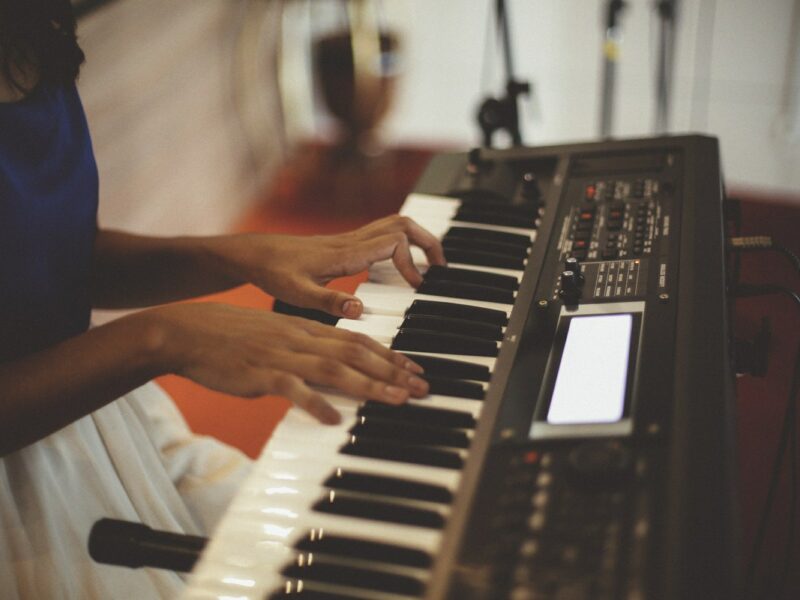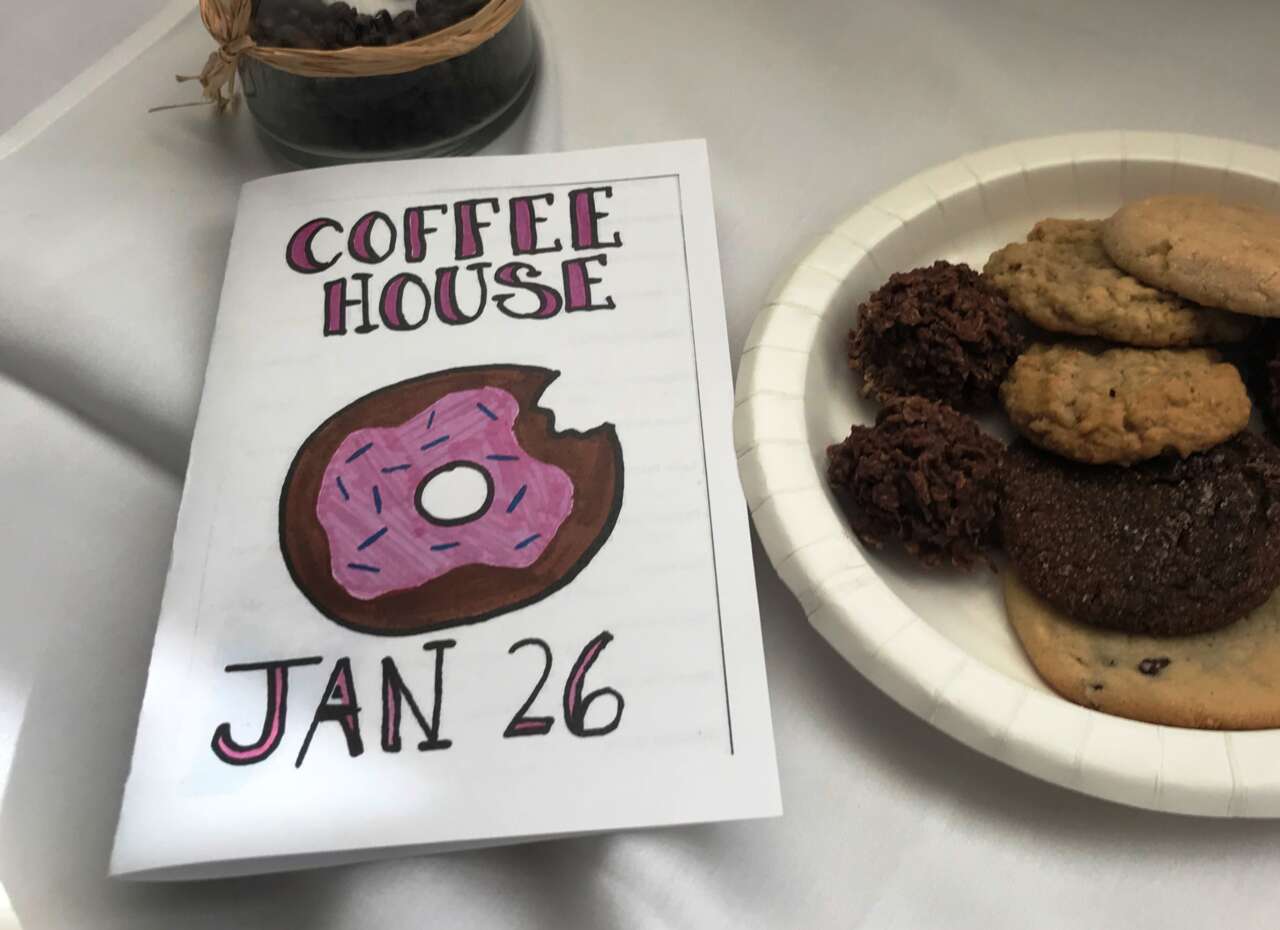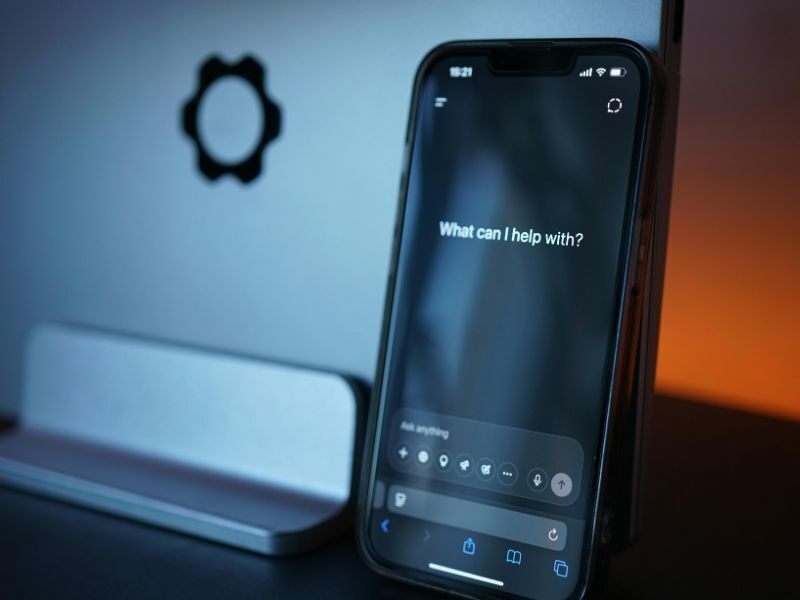Research Shows Coffee House Benefits Youth and Staff


When I created Lutherwood’s Coffee House ten years ago, I envisioned an event at which the youth and staff at Lutherwood’s Children’s Mental Health Centre could come together and celebrate their collective creativity. At each Coffee House, I witnessed an atmosphere of incredible support and excitement for one another’s accomplishments. I expected the youth to feel some anxiety at the idea of performing. What was interesting was that in addition to their personal anxiety, the youth had an opportunity to observe some nervousness in the staff before they performed too. The shared experience of nervousness and vulnerability proved to be a valuable rapport-building opportunity. So after leaving Lutherwood, I decided to explore the impact of this semi-annual event on personal and social levels and identify factors that contribute to its success.
Lutherwood’s Coffee House is an example of “Community Music Therapy,” an approach that takes the therapeutic value of music-making outside of the therapy room. In my research, I found connections between the Coffee House and what Thomas Turino calls “participatory performance,” a setting in which success is defined by participation and where the opportunity to perform is open to anyone. This is significant at the Centre as many of the youth might not have such an opportunity in other settings.

The Coffee House is an opportunity for self-expression; whether expression of emotions/experiences through song lyrics or expression of musical abilities and creativity more generally. Youth and staff of all abilities have the option of performing individually or as a group in front of an audience of fellow students and other staff members.
My research found that after performing at the Coffee House the youth reported experiencing a sense of “accomplishment” and greater self-confidence. Many also reported that performing had taught them something new about themselves as they had succeeded at something that they did not previously think they could do. These benefits are particularly significant because they perform before a supportive audience which witnesses and validates the performers.
The audience also gains new perspectives on the performers. For example, watching the youth perform allows staff to see each youth’s strengths including musical abilities, resiliency, courage, and creativity. Witnessing their performances also helps to normalize the youth in the staff members’ eyes and provides insights that might not otherwise be seen. These fresh perspectives lead staff members to greater empathy and create new avenues for rapport-building with the youth.
Music-making within this participatory setting allows for a shared experience between youth and staff. Because staff members also perform, the youth learn that staff members experience anxiety too. This reinforces the performers’ common humanity while simultaneously allowing individuals’ strengths to shine.
Performances pose risks and the heightened anxiety may not be advisable for some clients. The safe and confidential space of the music therapy room remains vital for in-depth therapeutic work. But for youth who are interested in performing and where the experience is therapeutically appropriate, performing has benefits that cannot be achieved behind closed doors.
Please reach out to me via email should you wish to learn more about this study.
Lutherwood’s Music Therapy program and Coffee Houses run throughout the school year at its Children’s Mental Health Center on Benjamin Road through the generous support of the Astley Family Foundation and other donors.
Instagram Feed
"Starling's school is not like a normal school. It is very nice inside and when the staff ask you how you are doing, they really want to know. Life is going to hit hard and knock you down, but I learned that if you keep getting up - YouWin!"












